
#32-0001 Port Jervis, New York This property is available for viewing. Request info from 32-0001
Over the past 17 years, we have attempted to create a natural habitat for all types of birds, animals, insects, etc…, native to the Northeast. The 4 acre property contains a stream, eight lily ponds and a completely balanced landscape that attract all types of wildlife. Seeds, insects and fruit are available in abundance. We provide man made as well as natural cover, nesting and roosting sites. This year the property contains 29 nests: 9 Robin, 3 Mourning Dove, 3 House Wren, 1 Red Tail Hawk, 1 Bluebird, 2 Baltimore Oriole, 2 Sparrow, 1 Chipping Sparrow, 1 Cardinal, 1 Chickadee, 1 Pheobe, 1 Starling and 3 Catbird nests. There were probably more that have not been noticed.
We have never used any chemicals on our property. We manage our gardens organically; using only organic manure/matter and mulch. Specific areas are left to naturalize with local plants and vegetation. We have dead trees, woodpiles brush piles and many stone walls. Many paths are moss covered. Our mature trees range from 60 to 100 feet in height. Our extensive variety of grasses supplies birds with food, shelter and nesting material. Our vegetable garden is used for our consumption, but much fruit and vegetables are left for birds and animals to eat.
The property is full of butterflies, moths, dragonflies, honey bees, mason bees, frogs, tree frogs, toads and other insects. Sometimes yellow jackets are a problem. Last year we found 29 nests. Our ponds are filled with fish, frogs, tadpoles, dragonfly larvae, snails and an occasional turtle. Mammals include red and gray squirrels (have a black one this year), chipmunk, bats, rabbit, raccoon, red fox, skunks, groundhog, opossum, black bear, deer and an occasional mink and coyote. Of course we also have our share of mice, rats and moles. Deer are the only problem animal we have to contend with. Their numbers have increased tremendously. They destroy many cover and nesting sites. Garter and water snakes are numerous and must nest on the property as we often find many young snakes.
We
water only when and if plants show distress and never the lawn
area. We use organic
manure to fertilize and mulch to retain moisture and to provide a
slow release of nutrients. 
Home
Page |
Product Review Page | Help
|




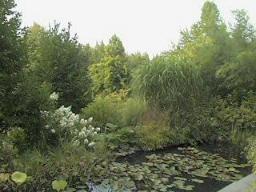
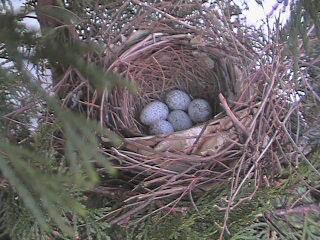
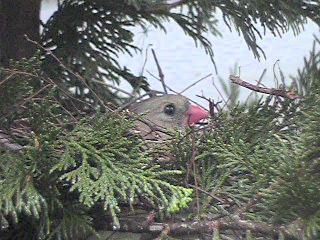
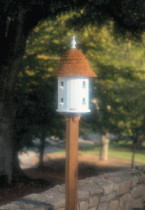
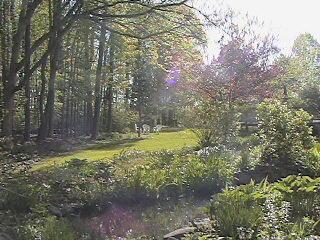
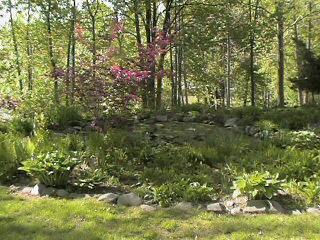

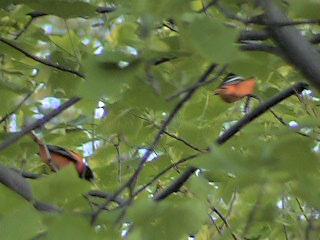
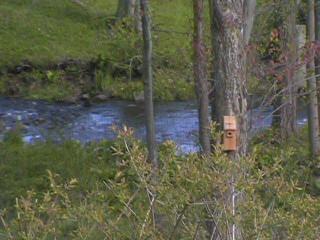
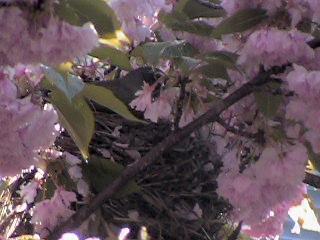

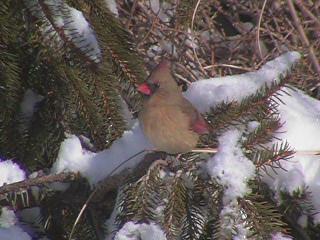

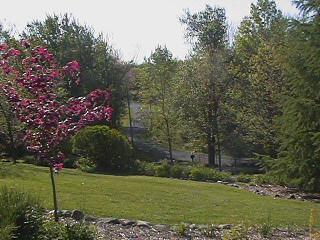
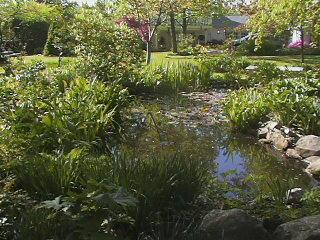
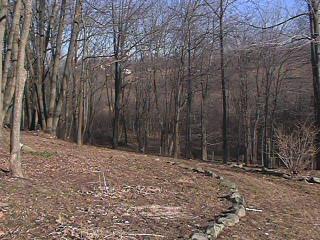
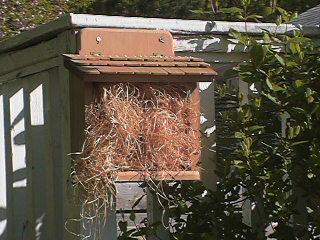
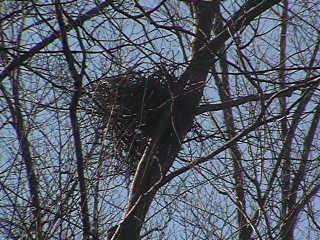
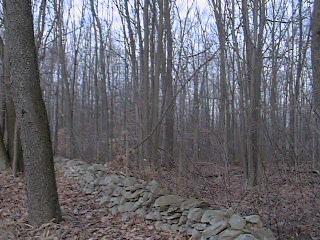

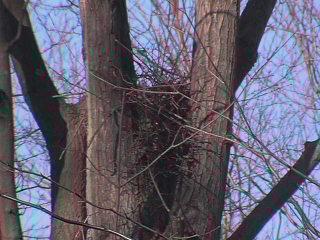
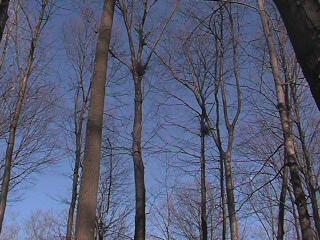
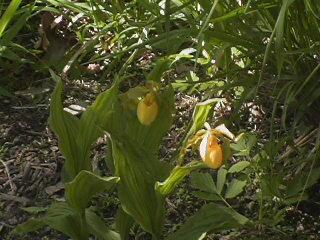

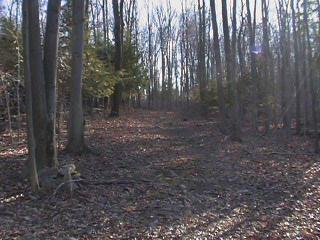


 1999 -
1999 -